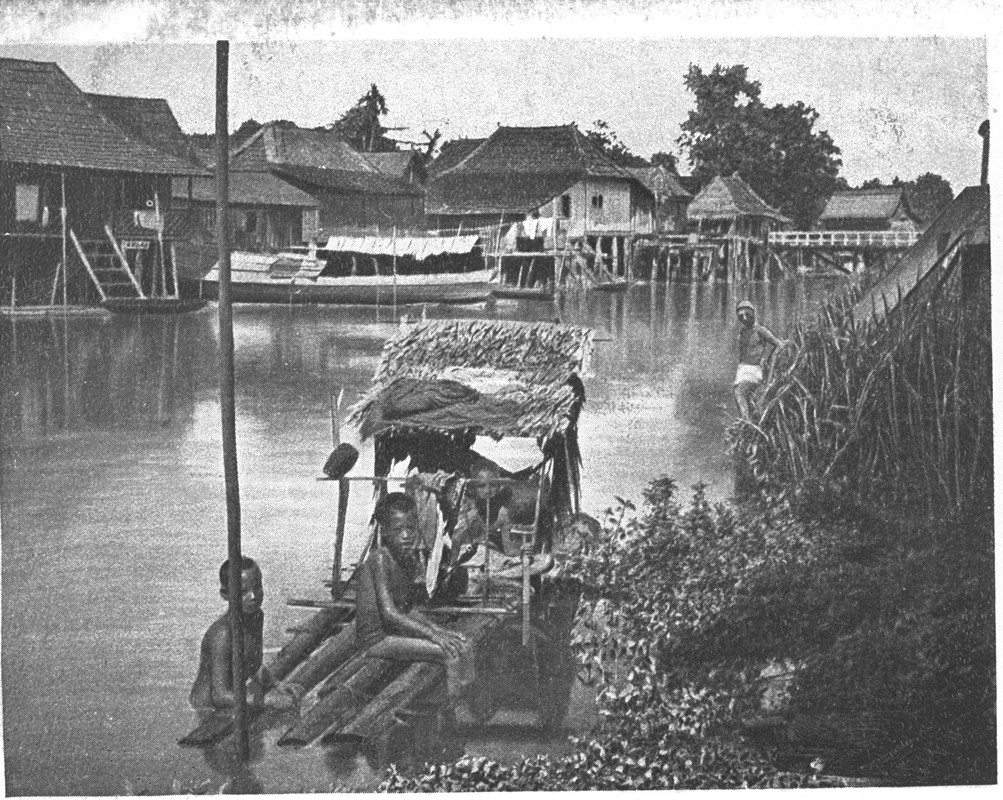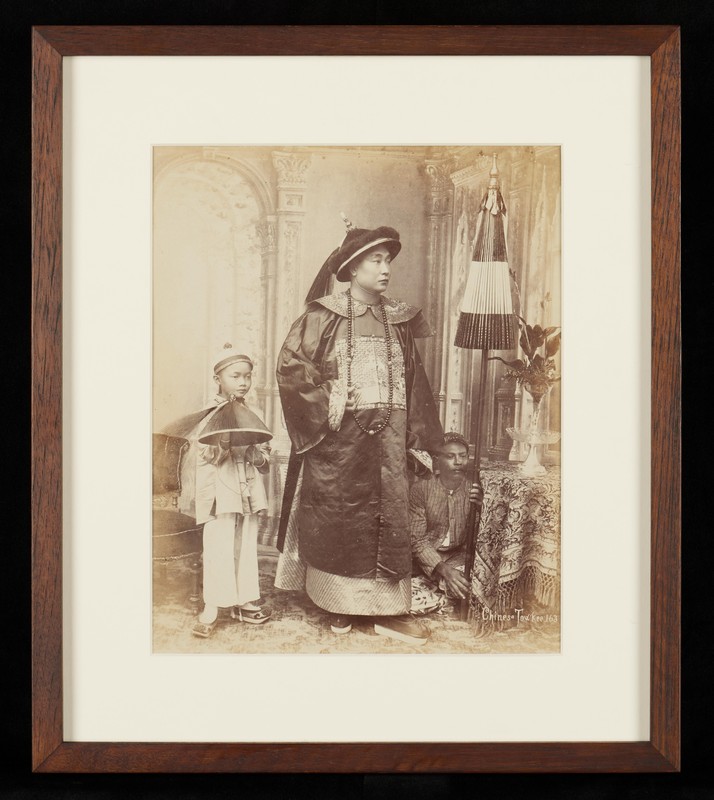Singapore’s ancient names
Temasek (or temasik, in Mandarin is Dan ma xi [淡马锡 or 单马锡]) is the ancient name for Singapore. There are different theories on how the term came about. Some suggest it originated from the Malay word tasik or tasek, meaning lake or sea. Others believe it has its roots in the Sanskrit word for gold, tamarasa. We can find references to “Temasek” and its variations in texts from the 14th to 17th centuries:
- In Daoyi Zhilüe (A Brief Account of Island Barbarians, circa 1349), Yuan dynasty explorer Wang Dayuan noted that “in recent years, over 70 ships came to invade 单马锡 and couldn’t siege the city for a month”.
- In the Nagarakretagama (1365), a Javanese epic poem by Majapahit court poet Mpu Prapanca, Tumasik was a subordinate state of the Majapahit Empire.
- In the 16th-century historical text Pararaton, Temasek was listed as one of the Southeast Asian islands which Gajah Mada (1290–1364) — the Majapahit Empire’s Mahapatih, or the equivalent of a modern-day prime minister — had sworn to conquer.
- The earliest surviving version of the Sejarah Melayu (Malay Annals), dated 1612, mentioned Temasik twice.
- Zhenghe hanghaitu (Zheng He’s Nautical Map, also known as “Mao Kun Map”), compiled in the Wubei Zhi (Treatise on Military and Naval Technology, 1621), mentions 淡马锡 on its 15th
Dragon’s Teeth Gate
The names Long Ya Men (龙牙门), Ling Ya Men (凌牙门) and Long Ya Shan Men (龙牙山门) are other old references to Singapore. They appear in texts such as Zhufan zhi (A Description of Barbarian Nations) from the Southern Song dynasty; Daoyi Zhilüe from the Yuan dynasty; and Zhenghe hanghaitu, Yingya shenglan (The Overall Survey of the Ocean’s Shores) and Yuanshi (History of Yuan)1 from the Ming dynasty.
Long Ya Men can refer to the island or straits. As an island name, it has also been associated with Indonesia’s Lingga Island. In Daoyi Zhilüe, Long Ya Men (“Dragon’s Teeth Gate” in Chinese) refers to two rocky “hills” on either side of a Temasek waterway — near Labrador Park and Fort Siloso today. One of those rocky outcrops was known as Batu Berlayar in Malay, and used by ancient sailors as an aid while navigating the narrow straits.
.jpeg)
Pu Luo Zhong: Island at the tip of the peninsula
One of the oldest-known recorded names for Singapore was Pu Luo Zhong (蒲罗中, variously known as Pu Lu Zhong [蒲芦中], or simply Pu Luo [蒲罗]), which appeared in a third century Chinese text. Southeast Asian historian Hsu Yun Tsiao (1905–1981) writes in Malaiya shi (A History of Malaya, 1961) that “Pu Luo” is the Chinese transliteration of the Malay word pulau (island), and “Zhong” is the transliteration of ujong (“end”, or “cape”). This name dating back 1,700 years corresponded to “Pulau Ujong”, meaning “island at the end of the (Malay) peninsula”.
The travelogue Funan tusu (Observations on the customs of Funan), written by Wu State’s Kang Tai after his diplomatic missions to the South Seas during the Three Kingdoms Period (220–280), provides a description that closely corresponds to the geographical location of Pu Luo Zhong, now known as Singapore. Unfortunately, this book has been lost, although some of its contents can be found in the Taiping Yulan (Imperial Reader or Readings of the Taiping Era) and Tongdian (Comprehensive Statutes).

The 1986 text Gudai nanhai diming huishi (A Glossary of Names in the South Seas in Ancient Times) also contains Chinese and foreign records of ancient place names. Besides the ones mentioned earlier in this article, there are numerous other names related to Singapore — Pizong (Pisang), Mohexin zhou (Mahasin), Duomochang, Luoyue (Laut), Maliyu’er (Malayu), Changyao yu (Coney Islet, referring to Pulau Satumu), Xingjilipo (a transliteration of “Singapore”), and many more.
Historians have put considerable effort into studying these ancient names, with scholars such as Hsu Yun Tsiao, Jao Tsung-I (1917–2018), and Tan Yeok Seong (1903–1984) making significant contributions to our understanding of them.
This is an edited and translated version of 新加坡古地名. Click here to read original piece.
| 1 | Yuanshi was compiled during the Ming Dynasty. |
“Temasek/Singapura”. National Library Board’s HistorySG. | |
Chen, Jiarong, Xie, Fang, and Lu, Junling. Gudai nanhai diming huishi [A glossary of names in the South Seas in ancient times]. Beijing: Chung Hwa Book Co. Ltd, 1986. | |
Hsu, Yun Tsiao. “Puluozhong wenti de zai shangque” [Further discussions on the issue of Pulau Ujong]. Nanyang Siang Pau, 25 January 1970. | |
Hsu, Yun Tsiao. “Puluozhong wenti zhuiyan” [Regarding Pulau Ujong]. Nanyang Siang Pau, 1 March 1970. | |
Hsu, Yun Tsiao. “Zhanzhan xiao yantan xueshu: da Chen Yusong xiansheng jianguo zhishang, xueshu zhishang” [Academic discussion: responding to Tan Yeok Seong on prioritising nation building and academic pursuit]. Nanyang Siang Pau, 16 September 1970. | |
Jao, Tsung-I. “Puluozhong wenti xulun” [Further discussions on issues of Pulau Ujong]. Nanyang Siang Pau, 8 February 1970. | |
Jao, Tsung-I. “Xinjiapo gudai mingcheng de jiantao: Puluozhong wenti shangque” [A critical study on Singapore ancient name Pulau Ujong]. Nanyang Siang Pau, 1 January 1970. | |
Kua, Bak Lim, ed. Xinjiapo huaren tongshi [A general history of the Chinese in Singapore]. Singapore: Singapore Federation of Chinese Clan Associations, 2015. | |
Tan, Yeok Seong. “Jianguo zhishang, xueshu zhishang: wo dui Puluozhong wenti de kanfa.” [Prioritising nation building and academic pursuit: my views on Pulau Ujong]. Nanyang Siang Pau, 7 June 1970. |










